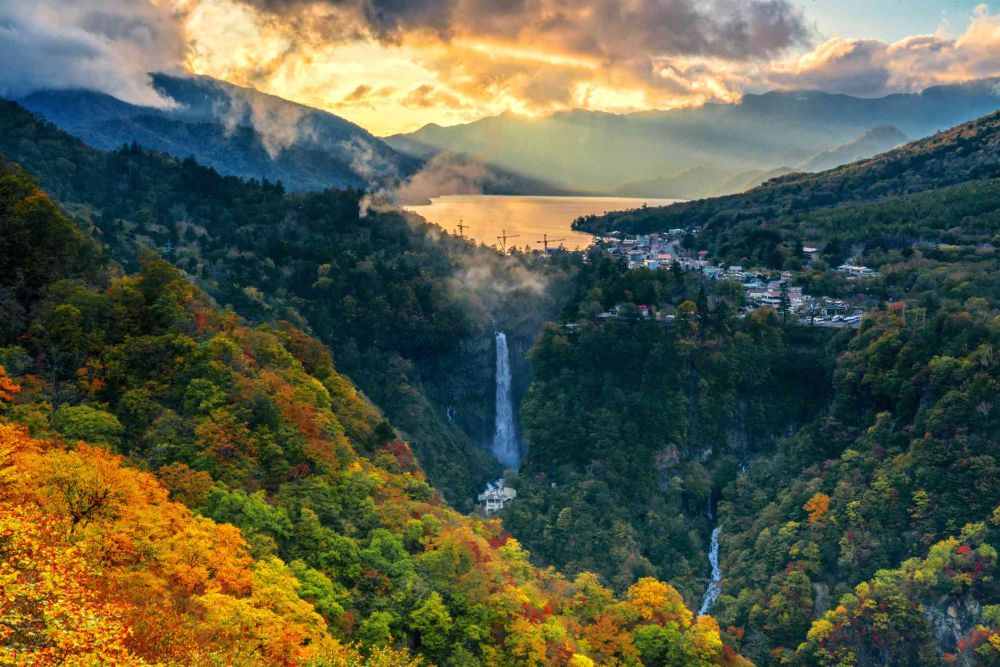

Established in 1934, Nikko National Park is one of Japan's most esteemed national parks. Located in the northern part of Tochigi Prefecture, it has been a core of spiritual and natural admiration for centuries. The park's tourism history is intricately tied to the Toshogu Shrine, dedicated to Tokugawa Ieyasu, the founder of the Tokugawa shogunate that ruled Japan for over 250 years. This shrine, along with the natural beauty of the park, has attracted visitors from across Japan and the world for many decades.
The development of modern tourism in Nikko can be traced back to the Meiji Period (1868-1912), when traveling for pleasure became popular among the Japanese populace. With the establishment of railways and improved road systems, Nikko became accessible to the burgeoning middle class, serving as a refuge from the hustle and bustle of urban life.
After World War II and the subsequent reconstruction period, the park witnessed a significant increase in domestic and international tourism. The 1964 Tokyo Olympics was a particularly pivotal moment, as it exposed Japan's cultural and natural heritage to a global audience, fueling a surge in interest towards places like Nikko National Park.
Recognizing its cultural significance, UNESCO designated the shrines and temples of Nikko, including Toshogu, as World Heritage sites in 1999. This acknowledgment further heightened the park's international appeal and conservation efforts, ensuring that its historical, cultural, and natural treasures were preserved for future generations.
In recent years, Nikko National Park has seen a shift towards sustainable tourism. Efforts are being made to balance the influx of tourists with the protection of the park's delicate ecosystems. The trend towards eco-tourism has led to the development of eco-friendly lodges and tours that educate visitors on the importance of environmental conservation.
Additionally, there has been a growing interest in experiential travel. Tourists are looking for authentic experiences beyond sightseeing, such as participating in traditional Japanese cultural activities. Seasonal events, like autumn leaf viewing (koyo) and winter snowscapes, continue to draw visitors, warranting the park's status as a year-round destination.
The impact of the global COVID-19 pandemic has also influenced tourism trends, with increased focus on outdoor and wellness tourism. As people seek safe, open-air destinations that allow for social distancing, Nikko National Park's expansive landscapes and therapeutic hot springs have become even more appealing.
In summary, the rich history and evolving tourism dynamics of Nikko National Park ensure that it remains one of Japan's premier attractions, offering a harmonious blend of cultural heritage and natural beauty.